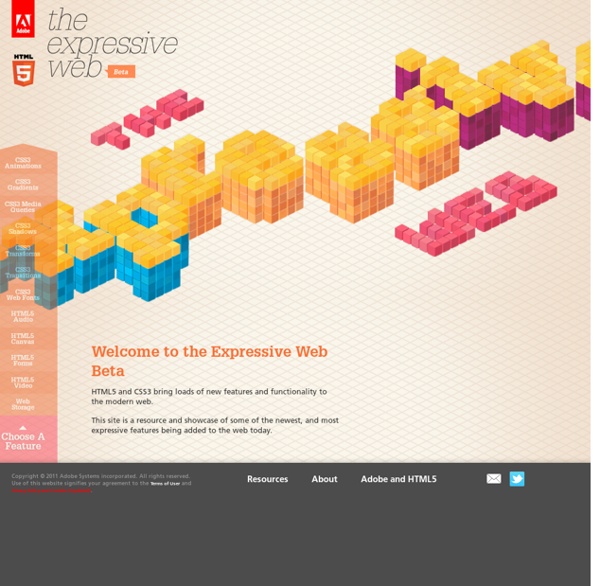



iWeb Widgets, Tutorials, Tips, and Tricks | Beyond iWeb How Browsers Work: Behind the Scenes of Modern Web Browsers Web browsers are the most widely used software. In this primer, I will explain how they work behind the scenes. We will see what happens when you type google.com in the address bar until you see the Google page on the browser screen. The browsers we will talk about There are five major browsers used on desktop today: Chrome, Internet Explorer, Firefox, Safari and Opera. The browser's main functionality The main function of a browser is to present the web resource you choose, by requesting it from the server and displaying it in the browser window. The way the browser interprets and displays HTML files is specified in the HTML and CSS specifications. Browser user interfaces have a lot in common with each other. Address bar for inserting a URIBack and forward buttonsBookmarking optionsRefresh and stop buttons for refreshing or stopping the loading of current documentsHome button that takes you to your home page The browser's high level structure The browser's main components are (1.1): Syntax:
Responsive template design for dynamic learning personalization | eXact learning Blog From single source/multiple channel to responsive content template design for dynamic learning personalization Producing effective learning content to date required the right pedagogical approach, a good level of creativity, effective production methodologies and the appropriate set of tools. Now the learning content authoring community wants more. Instructional designers want to be able to turn learning content into a live and ever evolving learning experience able to attract users and keep them engaged whilst adapting to their user skills, devices and context of use. They want the content to hook to the users’ workflow status, delivering the right piece of learning where and when the user needs it, adapting to his or her skills and tasks to be accomplished, detecting devices and location of use. In a nutshell, they want learning content to be personalized and localized to be available in a “context responsive” way, just in time and just enough as needed.
Angry Birds Space: Out now on iOS, Android, MAC and PC. Angry Birds Space Available now App store Android market PC Mac Share Facebook Twitter Google plus+ White Sheep Isobar NASA The Daily National Geographic » CSS Trick: Turning a background image into a clickable link One of the things I most often get asked by people trying to master HTML and CSS is “How do I make a background image clickable?” It’s easy to wrap a regular image tag in a link, but what if your design or situation required that you use a background image? It’s actually quite simple. Range Web Development Start with just a link exactly as you would make it for any other purpose, and make sure to give the link an id so that we can use that to apply our styles: That’s all the (X)HTML you’ll need to make your background image clickable. So, how can we make a background image a clickable link? At this point it should look something like this: Range Web Development Now all we need to do is hide the text. And the finished product looks like this: Range Web Development And there you have it – a quick CSS trick with clean markup that turns your background images into clickable links.
Developer Network Responsive Web Design with HTML5 and CSS3: Ben Frain: 9789350237885: Amazon.com svg
- quasiment pas d'apparitions sous chrome android ni safari ios7 by windycrazy Oct 3